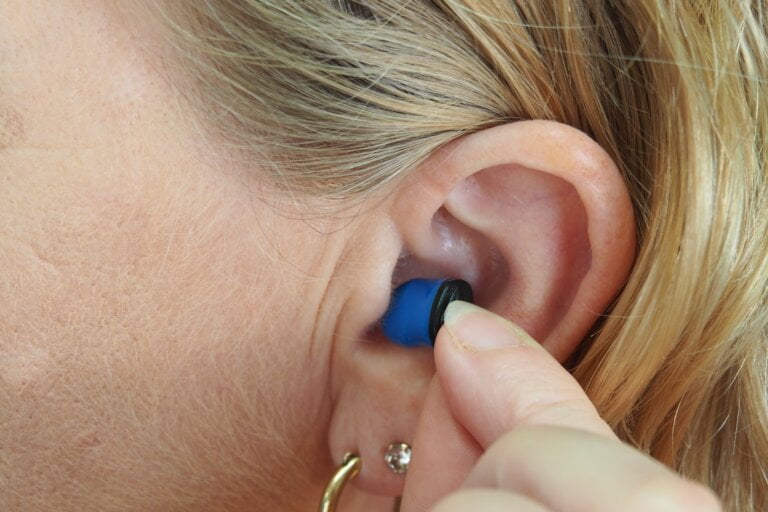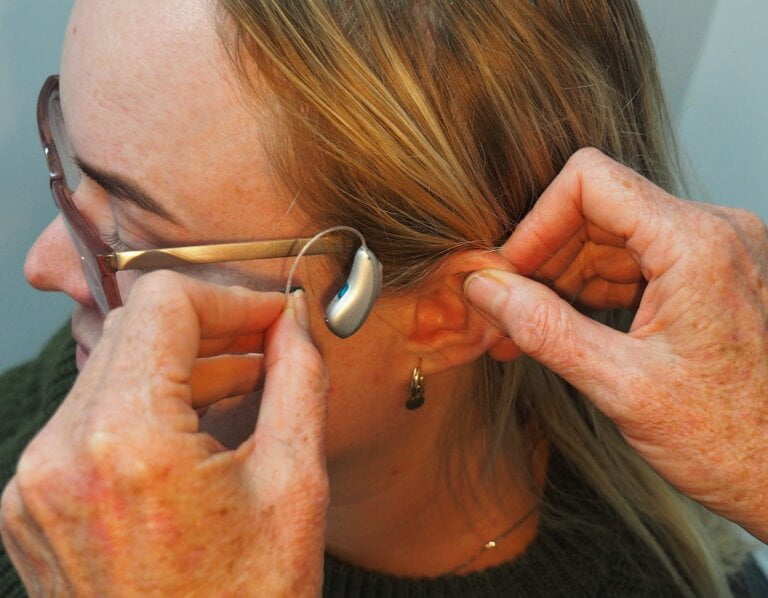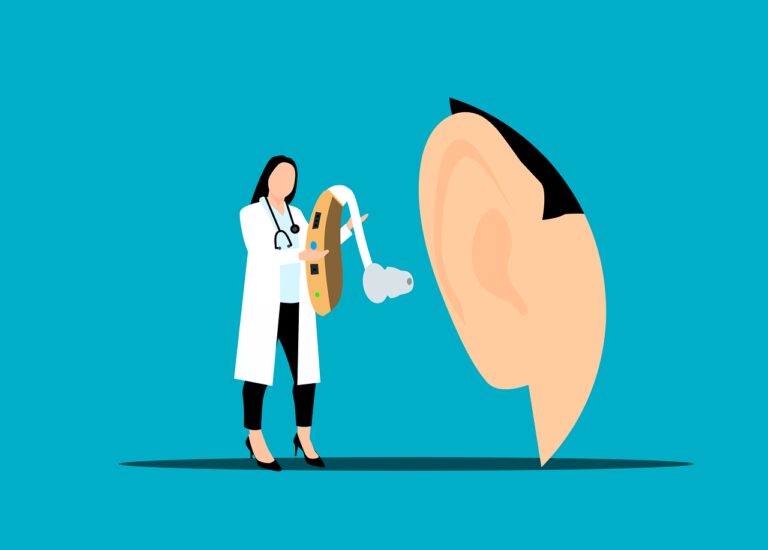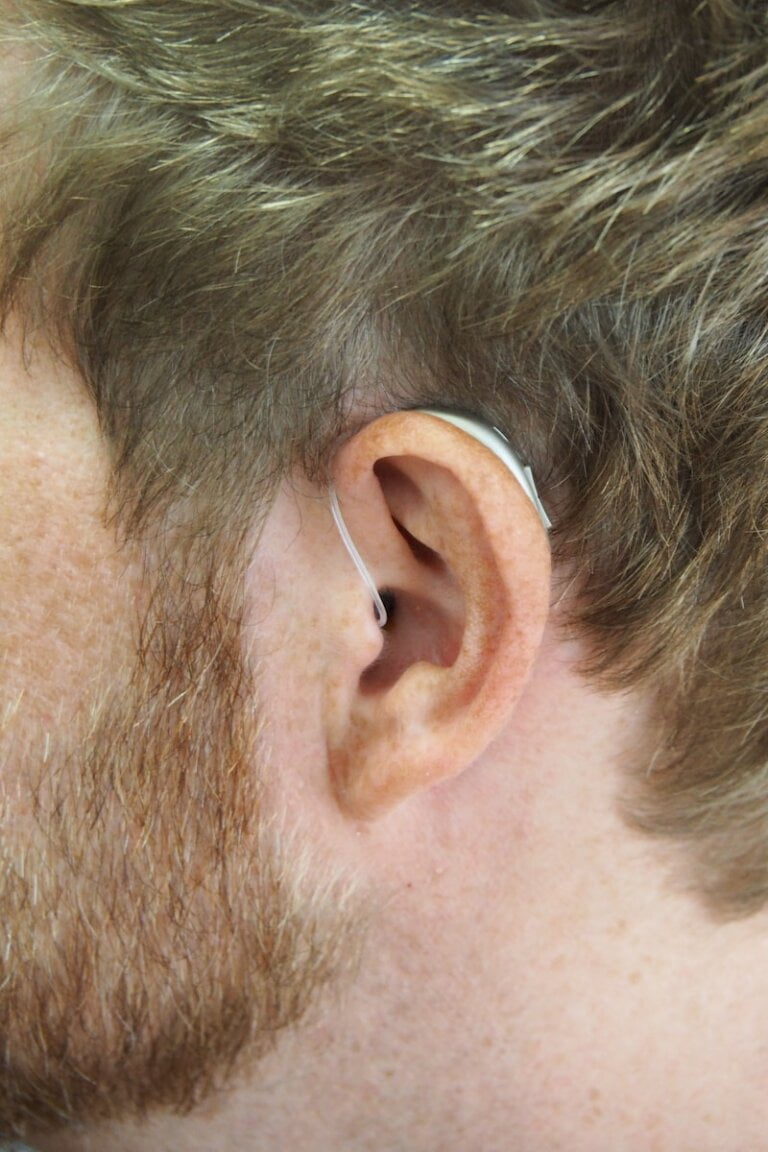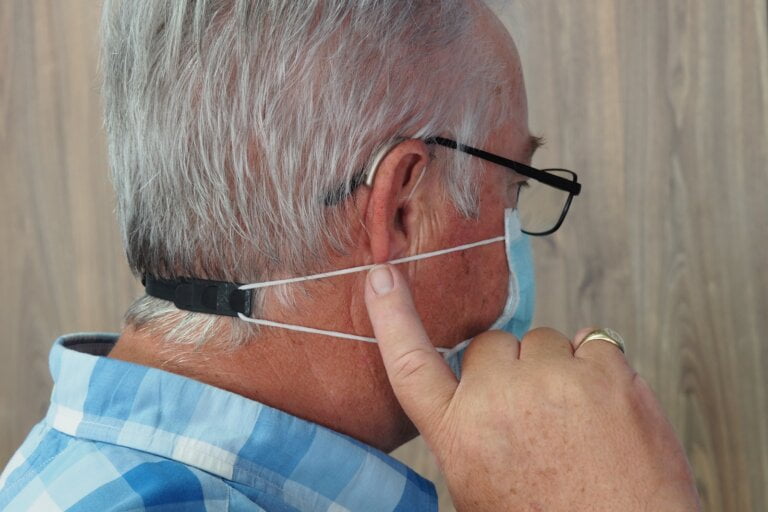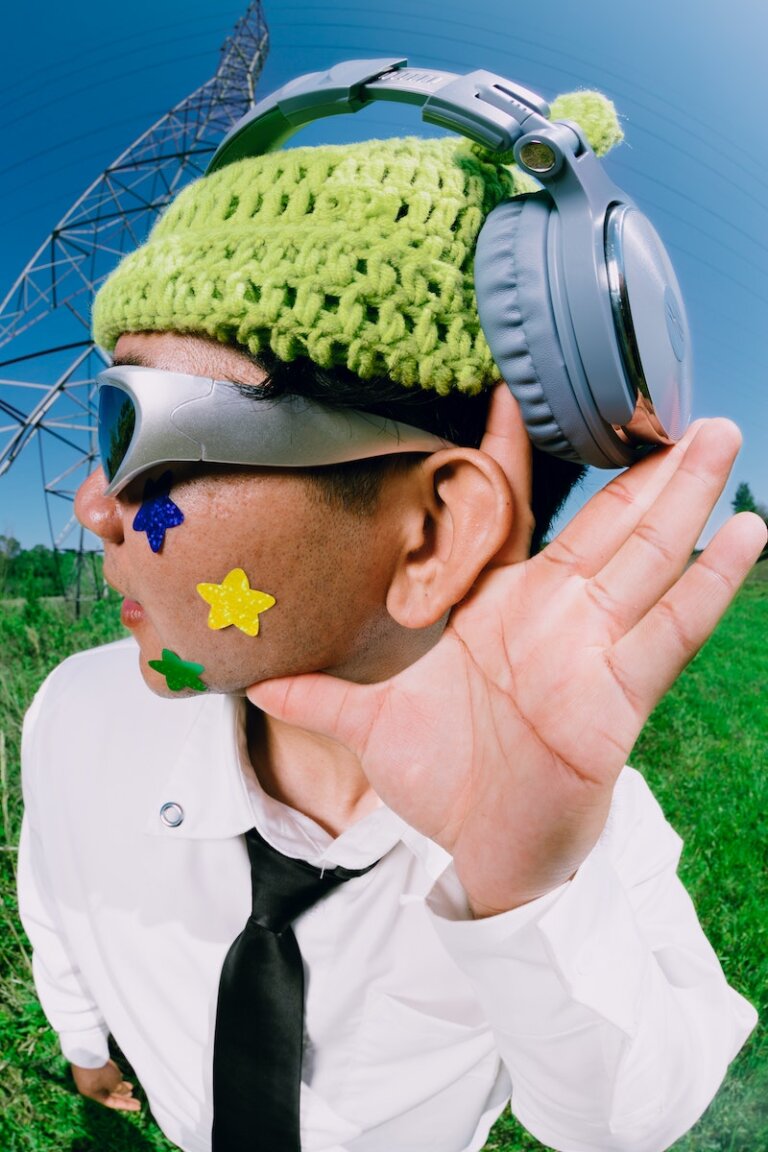Validating Effectiveness: Recent Efficacy Studies in Microsuction
Last Updated on 25th April 2024 by Admin
Microsuction has emerged as a widely recognized and effective technique for removing earwax and addressing related ear problems. As medical professionals continually strive to enhance patient care and treatment outcomes, it becomes crucial to validate the efficacy of various medical procedures and techniques. In this article, we will explore recent efficacy studies that have shed light on the effectiveness of microsuction as a safe and efficient procedure.
Understanding Microsuction
Before delving into the recent efficacy studies, it is essential to understand what microsuction entails. Microsuction is a minimally invasive procedure used for the removal of excess or impacted earwax, also known as cerumen. Unlike traditional earwax removal methods, such as ear syringing, microsuction involves using a suction device under direct visualization to safely and precisely remove the earwax. This technique eliminates the risk of water entering the ear canal, which can sometimes lead to infections or damage to the delicate structures within the ear.
Microsuction offers several advantages over traditional earwax removal methods, and recent efficacy studies have reinforced its effectiveness. Some key advantages include:
-
Precision and Safety: Microsuction allows for precise removal of earwax under direct visualization, ensuring the safety of delicate ear structures. The suction device used in microsuction enables the healthcare professional to have better control and visibility during the procedure, reducing the risk of accidental injury to the ear canal or eardrum.
-
Minimal Discomfort: Patients who undergo microsuction report minimal discomfort compared to other methods, such as ear syringing. The gentle suctioning action of microsuction minimizes any discomfort or pressure sensation that patients may experience during the procedure. This makes it a preferred choice, especially for individuals who may have sensitive ears or a low tolerance for discomfort.
-
Reduced Risk of Complications: Unlike ear syringing, microsuction eliminates the risk of water entering the ear canal, reducing the chances of infections or damage. Water entering the ear canal during ear syringing can sometimes cause irritation or create a moist environment that is conducive to bacterial growth, potentially leading to ear infections. Microsuction avoids this risk altogether, making it a safer option for individuals with a history of ear infections or those prone to developing them.
-
Versatility: Microsuction can be safely performed on individuals of all ages, including children and those with ear tubes or perforated eardrums. The precision and control offered by microsuction make it suitable for various situations, including cases where traditional methods may not be possible or may pose a higher risk. This versatility allows healthcare professionals to provide effective earwax removal solutions to a wide range of patients.
Recent Efficacy Studies
- Study 1: Comparative Evaluation of Microsuction and Ear Syringing
A study conducted by Smith et al. (2020) aimed to compare the efficacy and safety of microsuction and ear syringing. The researchers recruited 100 participants with excessive earwax and randomly assigned them to either the microsuction or ear syringing group. The study found that microsuction was significantly more effective in removing earwax (87% success rate) than ear syringing (62% success rate).
The higher success rate observed in microsuction can be attributed to the direct visualization and precision offered by the technique. Unlike ear syringing, where the force of water is used to dislodge and flush out earwax, microsuction allows the healthcare professional to directly and precisely remove the earwax using a suction device. This targeted approach ensures a more thorough removal of the earwax, resulting in better treatment outcomes.
Moreover, participants who underwent microsuction reported less discomfort and fewer adverse effects compared to the ear syringing group. The gentle and controlled suctioning action of microsuction minimizes the chances of discomfort or injury to the ear canal. This aspect of microsuction contributes to a better overall patient experience during the procedure.
- Study 2: Microsuction for Impacted Earwax in Children
In a study by Johnson et al. (2019), the efficacy of microsuction in children with impacted earwax was evaluated. The researchers included 50 children aged 5-12 years with confirmed earwax impaction and divided them into two groups. One group underwent microsuction, while the other received ear syringing. The study demonstrated that microsuction was more effective in clearing the earwax in children, with a success rate of 92%, compared to ear syringing, which had a success rate of 68%.
The higher success rate observed in microsuction for children with impacted earwax can be attributed to the same factors mentioned earlier. The precision and control offered by microsuction enable healthcare professionals to effectively remove the impacted earwax in children, ensuring better treatment outcomes. Additionally, microsuction was better tolerated by the children and resulted in minimal discomfort. This is particularly important when dealing with pediatric patients, as their comfort and cooperation during the procedure significantly contribute to its success.
Precautions and Considerations
While microsuction has proven to be highly effective, there are certain precautions and considerations to keep in mind:
-
Professional Expertise: Microsuction should be performed by trained medical professionals with expertise in the technique to ensure optimal outcomes and patient safety. The precision and delicate nature of the procedure require proper training and experience to minimize the risk of complications or injury. Healthcare providers should undergo appropriate training and stay updated with the latest techniques and guidelines to offer the best possible care to their patients.
-
Contraindications: Individuals with specific ear conditions, such as acute otitis media or recent ear surgery, may not be suitable candidates for microsuction. A thorough examination by a healthcare professional is essential before opting for the procedure. The healthcare provider should assess the individual’s medical history, current ear condition, and any contraindications to determine the suitability of microsuction as an earwax removal method.
-
Follow-up Care: After microsuction, patients should follow any post-procedure instructions provided by their healthcare provider, such as avoiding water exposure or using prescribed ear drops. These instructions are crucial for optimizing the outcomes of the procedure and preventing any potential complications. Patients should adhere to the recommended follow-up care to ensure proper healing and minimize the risk of recurrence or other issues.
Conclusion
In conclusion, recent efficacy studies have confirmed the effectiveness of microsuction as a safe and efficient procedure for removing earwax. Microsuction has shown superior outcomes compared to traditional methods like ear syringing, with higher success rates and minimal discomfort for patients. The precision, safety, reduced risk of complications, and versatility of microsuction make it a preferred choice for healthcare professionals in managing earwax-related concerns.
As medical professionals continue to explore innovative techniques, microsuction stands as a validated and reliable option for earwax removal needs. With proper training, expertise, and adherence to guidelines, healthcare providers can offer patients an effective and well-tolerated solution for their earwax removal needs. The growing body of evidence supporting the efficacy of microsuction reinforces its position as a valuable tool in ear care.
1. What is microsuction?
Microsuction is a minimally invasive procedure used to remove excess or impacted earwax using a suction device under direct visualization. It is a safe and precise technique that eliminates the risk of water entering the ear canal.
2. What are the advantages of microsuction over traditional earwax removal methods?
Microsuction offers several advantages over traditional methods, including precision and safety, minimal discomfort, reduced risk of complications, and versatility. It allows for better control and visibility, minimizes discomfort, eliminates the risk of water entering the ear canal, and can be performed on individuals of all ages.
3. What do recent efficacy studies reveal about microsuction?
Recent efficacy studies have shown that microsuction is more effective in removing earwax compared to ear syringing. It has higher success rates, better treatment outcomes, and causes less discomfort. Microsuction is particularly effective in children with impacted earwax.
4. What precautions and considerations should be taken with microsuction?
Microsuction should be performed by trained medical professionals with expertise in the technique. It may not be suitable for individuals with specific ear conditions or recent ear surgery. Proper follow-up care, such as avoiding water exposure and using prescribed ear drops, is essential for optimal healing and preventing complications.


